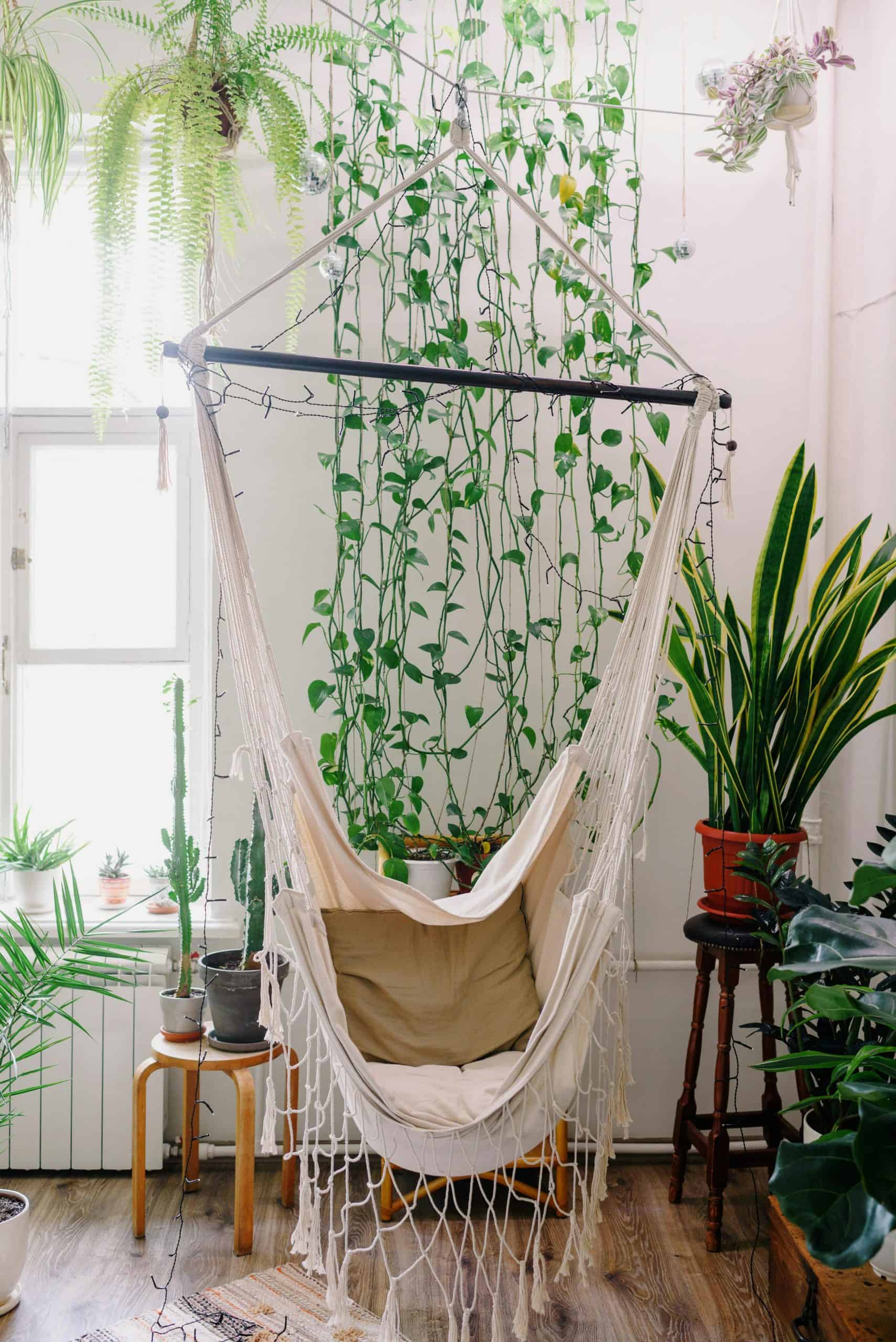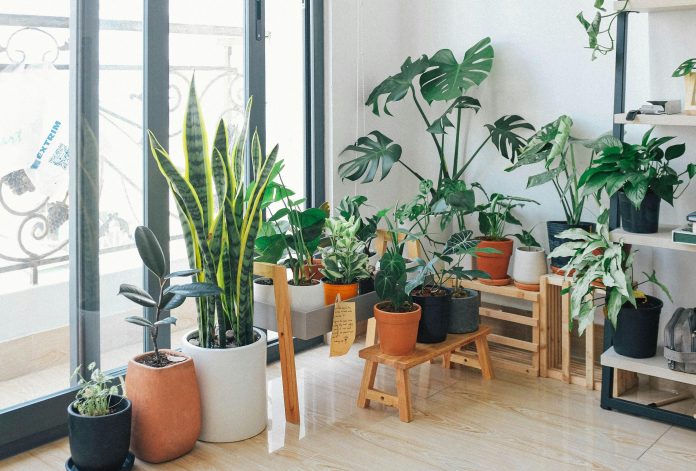Renting a place to live is an important decision that greatly impacts our quality of life. The space where we spend our nights and days should meet various criteria, including budget, practicality, beauty and safety. Over the last decade, however, another crucial factor has emerged when considering a rental property: sustainability.
Living in a sustainable rental property has become increasingly important in today’s world. It not only helps achieve energy efficiency and long-term savings for individuals and communities but also contributes to a more sustainable future.

If you are interested in renting a place in Mexico, you may know that the country experienced a real estate boom in 2023, with a record high value of US $34.27 billion, according to a recent Expert Market Research report. The same study projects an annual growth of 4.8% between 2024 and 2032. However, it is important to note that the best real estate choices will be those that prioritize sustainability criteria, as they offer long-term benefits.
Following this trend, to help you make a better choice when renting a house in Mexico, we share some tips for eco-friendly renting.
Tips for eco-friendly renting
In line with the United Nations definition of sustainability, this quality implies best practices and outcomes in terms of efficient land use, energy efficiency, renewable energy, sustainable mobility and preservation of the natural environment.
Following these criteria, we recommend the following tips to green your Mexican rental:
Energy and resources: To conserve energy and resources, ask the landlord if the house or apartment has water-saving devices installed. Specifically, inquire about water-saving devices for the toilet, shower and kitchen sink. In Mexico, conventional toilets can use almost 10 liters of water per flush. If the toilet does not have a water-saving device, consider investing in or requesting a household displacement device.
For the shower and kitchen sink, if there are no water-saving devices installed, you can easily install inexpensive devices that can save a significant amount of water with options sold by Mexican brands such as Helvex, Rotoplas, Nacional del Cobre, etc., approved by the Mexican government. These devices can help you save up to 50% of water per minute in both cases, according to Isla Urbana, a project to promote rainwater harvesting in Mexico.
In terms of electricity, according to the Mexican government, 72% of homes use compact fluorescent bulbs, but LED bulbs are the best option to reduce your electricity consumption. When it comes to your washing machine, make sure to choose a model with high energy efficiency.

Mobility: Factors like safety, cleanliness and beauty are clearly important when choosing a place to live. However, it is also crucial to consider the mobility options available in the area for everyday activities such as grocery shopping, walking the dog and exercising. Ask yourself: Is it easy to get around without a car? Can I use alternative methods like biking or walking for recreational activities? The way we choose to get around can have a significant impact on our carbon footprint.
Waste management: Waste management in many Mexican cities and towns is still in the early stages, but there are real estate developments that are making a difference by offering eco-friendly places to live in Mexico that create systems of recycling waste water, as in the case of Brasilia Sustentable in Guadalajara, or Lyra, Monterrey. These sustainable options prioritize waste management and aim to reduce their environmental impact.
If you’re unable to find a sustainable option that meets your needs or budget, there are still ways you can practice greener waste management on your own. For example, if the local authorities don’t separate recyclable waste, you can take the initiative to do it yourself and take the recyclables to a recycling center. Additionally, you can turn your organic waste into compost for your plants or even organize a collective with your neighbors to collectively manage waste in a greener way.
Green spaces: Living near green spaces is crucial for our mental and general health. The World Health Organization recommends that all people should reside within 300 meters of at least 0.5 hectares of green space.
If you can’t find a rental prospect that is close to a green space, there are still ways to incorporate greenery into your living environment. Indoor plants can help improve air quality and create a calming atmosphere indoors. Additionally, you can consider creating a collective urban garden with your neighbors, which not only brings greenery into the community but also fosters a sense of community and connection.
Already a renter? Make your home greener
Green decoration: To create a green decoration, stick to the 3 R’s: reduce, reuse and recycle when decorating your home. You can find beautiful furniture and items second-hand or repurpose the things you already have. If you choose to buy new items, make sure they are durable and produced using environmentally friendly processes.
Green cleaning: Opt for products like baking soda and vinegar when cleaning the house. You can also find green products at zero-waste stores, which allows you to avoid unnecessary packaging and use Mexican products like the famous Zote soap or Roma detergent which are biodegradable options you can use for household and laundry cleaning.
Buy local and seasonal: Research seasonal fruits and vegetables and try to find places where you can buy from local producers, such as traditional tianguis. These products are often better and healthier because they are grown on a small scale, which usually means fewer chemicals, less water usage and a lower carbon footprint.
Green appliances: Every day, there are more energy-efficient household appliances available in the market that can make a difference in both your wallet and your carbon footprint.
Home gardening: Create a wildlife sanctuary by planting native flowers that attract pollinators. This will not only beautify your garden but also support the local ecosystem. Additionally, you can grow your own vegetables or aromatic plants for cooking or medicinal purposes. This will reduce your reliance on store-bought produce and allow you to enjoy fresh, organic food. To further enhance sustainability, you can turn your organic waste into compost, which will enrich your soil and reduce the need for chemical fertilizers.
Green renting is a choice that benefits the environment and your well-being while also saving you money in the long run. Furthermore, by choosing green rental properties, you contribute to a more sustainable future and help drive the demand for greener housing options.
Ana Paula de la Torre is a Mexican journalist and collaborator of various media such as Milenio, Animal Político, Vice, Newsweek en Español, Televisa and Mexico News Daily.
